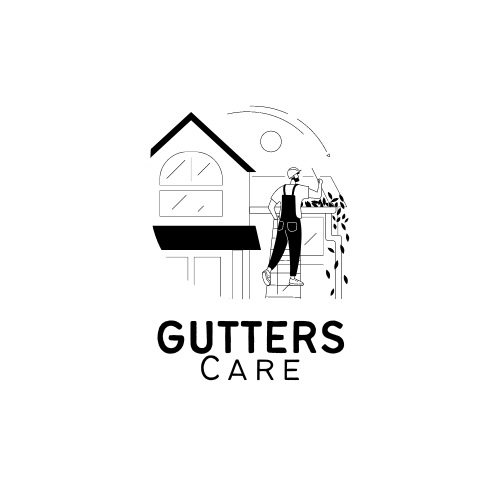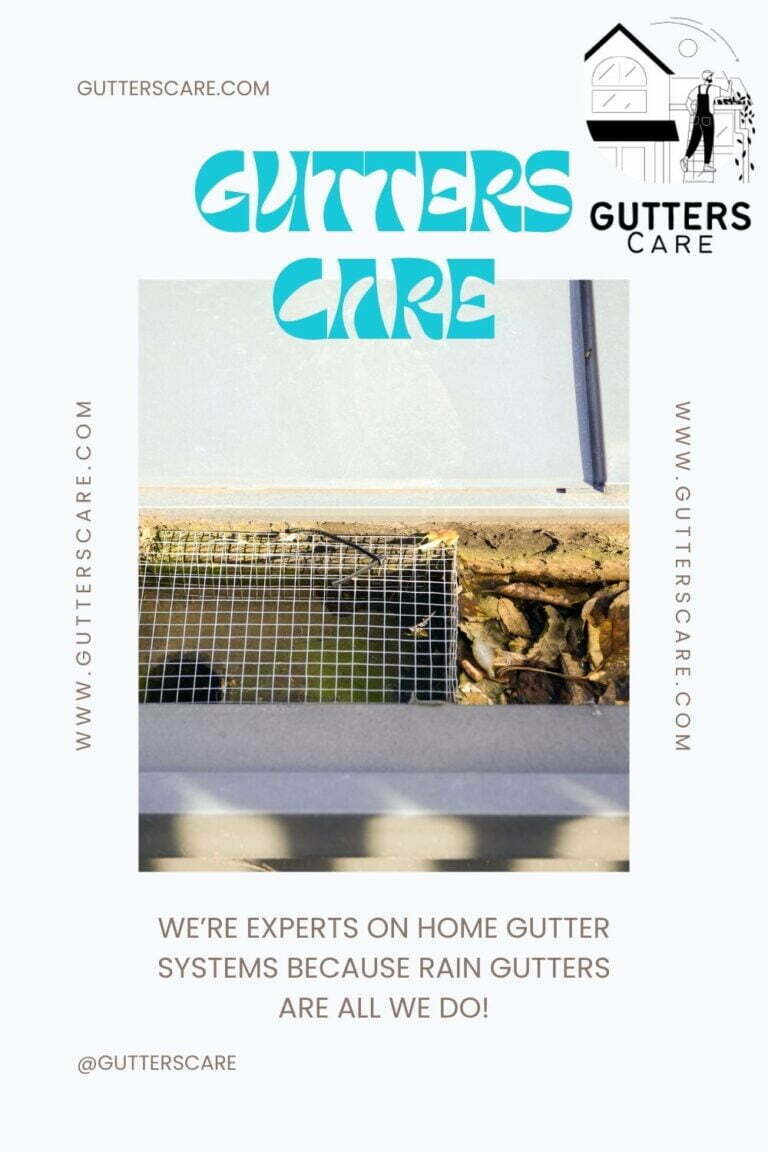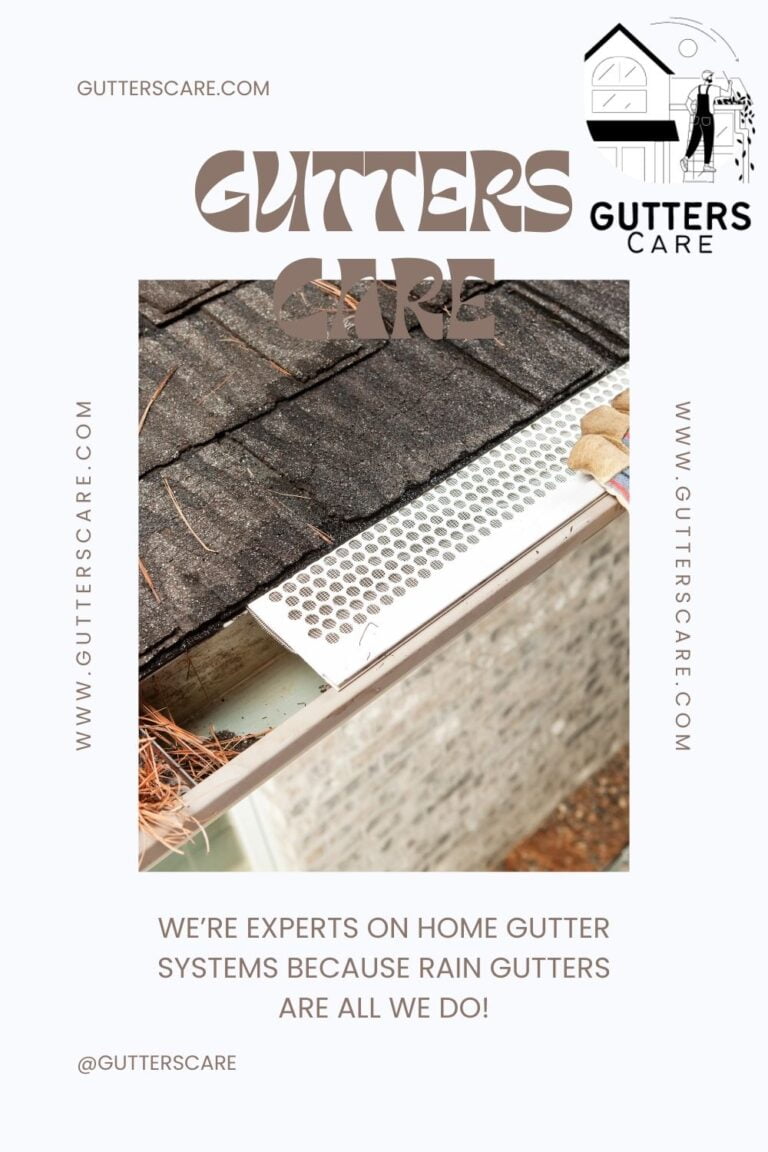Are gutters included in roof replacement?
When a customer replaces their roof, they also typically replace their gutters. But you probably won’t need to replace your gutters at the same time as your roof if they aren’t too old and the material is still strong.
Is a new roof in your near future? Do you plan to replace the gutters at your house as well?
Or, do rain gutters not need to be repaired because they are in such good shape?
Whatever the case may be, you may be asking what the roofing company does with your gutters throughout the roof replacement process. Fortunately, you can count on us to explain everything in plain English.
When they replace your roof, what will the roofer do with your gutters?
As someone who is always willing to share knowledge, I will answer your question and many others like it.
To what extent would your gutters need to be removed before a roof replacement?
When a customer replaces their roof, they also typically replace their gutters.
If your gutters are relatively new or the material’s integrity is still strong, you generally won’t be replacing them when you repair your roof.
This means that the gutters shouldn’t be removed from the house before the roof is replaced. Your gutters should not be removed until after the roofers have finished working.
Instead of removing your gutters, your roofer should take all the steps needed to keep them safe during the roof replacement process.
They will cover them and not lean ladders against them, among other things, to keep them from getting damaged during construction.
Whether or not your gutters are scheduled for replacement, they will be cleaned and blown out once your roof is replaced. After the roofers have left, a crew will arrive and replace your gutters.
While they are working on your roof, your roofing company should also take care to safeguard your gutters.
If you’re having a new roof installed on your home and want to know what safety measures your roofing company should take, here’s an article I wrote about it.
Guttering: Three More Facts to Consider
You just found out that the roofing company you hired won’t be taking down your gutters before replacing your roof.
How exactly do your gutters and roof work together, and what more do you need to know about it?
1. Have your roofer put in new gutters.
Gutter installation and roof repair are two distinct crafts that require different expertise and equipment. You might be wondering if you need to hire a gutter company as well as a roofing company.
Your local roofing business can install your new gutters once they have replaced your roof, but you are welcome to use a gutter company if you like. Many roofing companies have their own gutter division or work with a contractor who specializes in gutters.
The amount of gutter work a roofer receives is directly proportional to the amount of business they get. To save time and effort, have your roofing contractor also replace your gutters.
This will help you avoid making multiple payments and give you a single point of contact in the event of an issue.
2. As part of regular roof care, you should clean and inspect your gutters.
A roof needs to be checked for weak spots on a regular basis as part of its maintenance. Your gutters are an example of one of these weak spots.
As part of your routine roof maintenance, you should have your gutters cleaned out and inspected for damage. If you don’t get rid of any leftover organic matter in your gutters or on your roof, it could act as a dam. Water will pool under the shingles and eventually leak through.
Clogged gutters can lead to water pooling in the basement or crawl space, as can leaves that weigh down the gutter’s lining and prevent water from draining properly. You should also inspect your gutters to make sure there are no holes or loose joints.
It is recommended that gutters be cleaned and inspected at least once a year. Read this article on the benefits of gutter cleaning to find out more about why this is so important.
3. Gutter-related roof leaks, which are extremely common
When two sloping roofs come together, forming a V, the resulting space can be used as a valley through which water can flow without collecting.
A valley that abruptly ends in the middle of a roof will have a gutter connected to it so that water can continue to drain off the roof.
When the gutter in the roof’s valley becomes clogged with leaves and other debris, it’s a common source of roof leaks.
The water may be coming from the overflowing gutter, but the problem is actually with the fascia (the board that runs along the lower edge of the roof and carries all the gutters).
Leaks can occur if the fascia board has poor flashing or no flashing at all. In typical conditions, this leak would never occur. Even in heavy rain, water will follow the path with the least resistance.
When the gutter is backed up, water can’t get under the soffit (the finished underside of the lower edge of a sloped roof) and cause damage to the building. A common roof leak that needs fixing is this one.
Related content about rain gutters:
- Ultimate Guide to the Best Rated Leaf Guards for Gutters
- Ultimate Guide to Installing Leaf Gutter Guards: Say Goodbye to Clogged Gutters!
- Safe Haven Gutters vs. DIY: Which Is the Best Shield for Your Home?
- Ultimate Guide to Essential Gutter Cleaning: Tips, Tools, and Techniques
- Dangers of Stagnant Water in Gutters: Causes, Effects, and Solutions
- How Grey Gutters on a White House Transform Your Home’s Exterior
- Ultimate Guide to Norandex Gutter Guards: The Solution to Your Home’s Gutter Problems
- LeafFilter Consumer Reports: Ultimate Guide to Gutter Protection
- Revolutionizing Your Home: Gutter Solutions and Home Improvements
- Definitive Guide to Seamless Gutter Installation: Tips, Costs, and Benefits
- Ultimate Guide to Gutter Services: Installation, Maintenance, and Repair
- Everything You Need to Know About Gutter Installation Services
- White House Black Gutters: Ultimate Guide to Maintenance and Style
- Everything You Need to Know About Gutter Contractors: Tips for Hiring the Best in Your Area
- Ultimate Guide to Choosing the Best Gutter Leaf Protection System
- Understanding the Cost for Gutters on a House: A Comprehensive Guide
- Leaves in the Gutter: Causes, Consequences, and Effective Solutions
- Choosing the Best Gutters for Your 4000 Sq. Ft. House: A Comprehensive Guide
- Ultimate Guide to Micro Mesh Gutter Guard Installation
- Guide to Understanding the Cost of New Gutters and Downpipes
- Enhance Your Home’s Aesthetics with Black Roof and Black Gutters on a Brick House
- Enhancing Your Homes Curb Appeal: Black Gutters on a Gray House
- Ultimate Guide to Residential Gutter Cleaning: Tips, Techniques, and Benefits
- The Gutter Man: Your Ultimate Guide to Gutter Maintenance and Repair
- Gutter Covers That Will Change Your Life (For the Better)
- Leaf Filters: Ultimate Guide to Buying and Installing Gutter Guards
- Downspout Extensions: Ultimate Guide to Protecting Your Home from Water Damage
- Down Spouts: How to Prevent Clogs, Leaks, and Rust
- LeafGuard Gutters: The Ultimate Gutter Protection System
- Home Depot Gutters: Ultimate Guide to Choosing, Installing & Maintaining Your Gutter System
- Gutter Downspouts: Ultimate Guide to Choose, Install, and Maintain Them
- Leaf Guards: The Ultimate Buyer’s Guide for 2023
- How to Choose the Best Gutter Guards for Your Home (and Avoid Costly Mistakes)
- How to Choose the Best Rain Gutters for Your Home: Step-by-Step Guide
- 3 Best Gutter Sealants to Prevent & Fix Leaks (2023)
- Are gutter guards a good idea? 5 Reasons To Install Gutter Guards
- Are gutter guards worth it?
- Best Gutter Guards Based on Consumer Reports 2023
- The Best Gutter Guards Tested in 2023
- How We Decided Which Companies Offer the Best Gutter Guards – Our Gutter Guard Review Methodolgy




